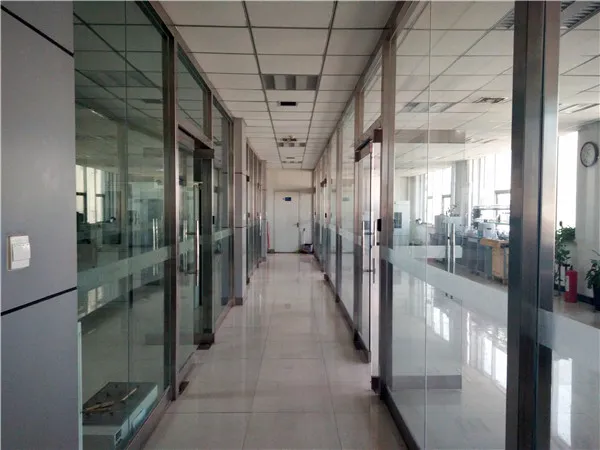Polyelectrolytes in Water Treatment An Overview
Water treatment is a critical process in ensuring that water is safe for consumption, industrial use, and ecological balance. One of the most effective methods for water purification involves the use of polyelectrolytes, which play a significant role in coagulation, flocculation, and sedimentation processes. Polyelectrolytes are large, charged polymers that can interact with various particles in water, enabling the removal of impurities and contaminants.
What Are Polyelectrolytes?
Polyelectrolytes are charged macromolecules that can exist in anionic (negatively charged) or cationic (positively charged) forms. Their unique properties arise from their ability to carry multiple charges along their structure, allowing them to interact with particles suspended in water. This interaction includes neutralization of charges, bridging of particles, and the formation of larger aggregates or flocs, which can then be easily removed from the water.
Due to their versatility and efficiency, polyelectrolytes have become essential components in various water treatment applications, including drinking water purification, wastewater treatment, and industrial effluent management.
Applications in Water Treatment
1. Coagulation and Flocculation One of the primary uses of polyelectrolytes in water treatment is in coagulation and flocculation processes. In this context, anionic or cationic polyelectrolytes are added to the water to destabilize suspended particles. When these particles lose their electrical charge, they begin to clump together to form larger aggregates, or flocs. These larger particles can then settle at the bottom of the treatment tanks, making it easier to remove them from the water.
polyelectrolyte water treatment chemical

2. Sludge Conditioning Polyelectrolytes are also used in the conditioning of sludge in wastewater treatment facilities. By improving the dewatering of sludge, polyelectrolytes aid in the efficient removal of water, thereby reducing the volume of waste and improving the overall process of solid-liquid separation.
3. Membrane Filtration In advanced water treatment processes, such as membrane filtration, polyelectrolytes can help control fouling on membranes. By modifying the surface properties of the membranes or by altering the characteristics of the feed water, polyelectrolytes can enhance the lifespan of filtration systems, ensuring efficient water treatment.
Benefits of Using Polyelectrolytes
The incorporation of polyelectrolytes in water treatment processes offers several benefits
- Improved Efficiency Polyelectrolytes significantly enhance the efficiency of coagulation and flocculation processes, leading to a higher quality of treated water. - Cost-Effective By facilitating the removal of suspended solids and other contaminants, polyelectrolytes can help reduce the operational costs of water treatment facilities. - Environmental Impact Using polyelectrolytes can minimize the environmental footprint of water treatment processes by reducing the amount of chemicals needed and improving the overall efficiency of the treatment.
Conclusion
Polyelectrolytes are integral to modern water treatment practices. Their ability to enhance coagulation, facilitate sludge management, and improve filtration processes makes them invaluable in ensuring clean and safe water. As environmental concerns regarding water quality continue to rise, the role of polyelectrolytes in water treatment technologies will likely expand, paving the way for more sustainable and efficient water management solutions. With ongoing research and development, polyelectrolytes will remain at the forefront of innovations in water purification, contributing to the preservation of this vital resource for future generations.

